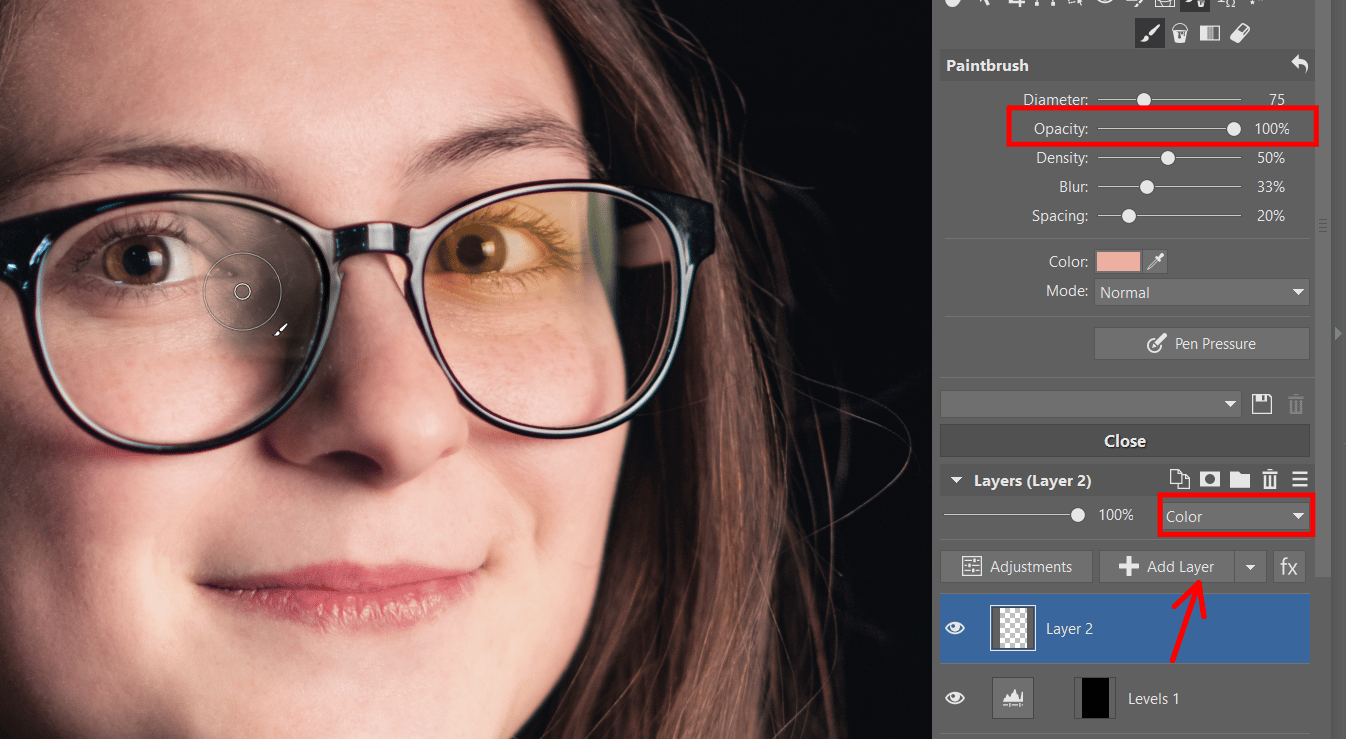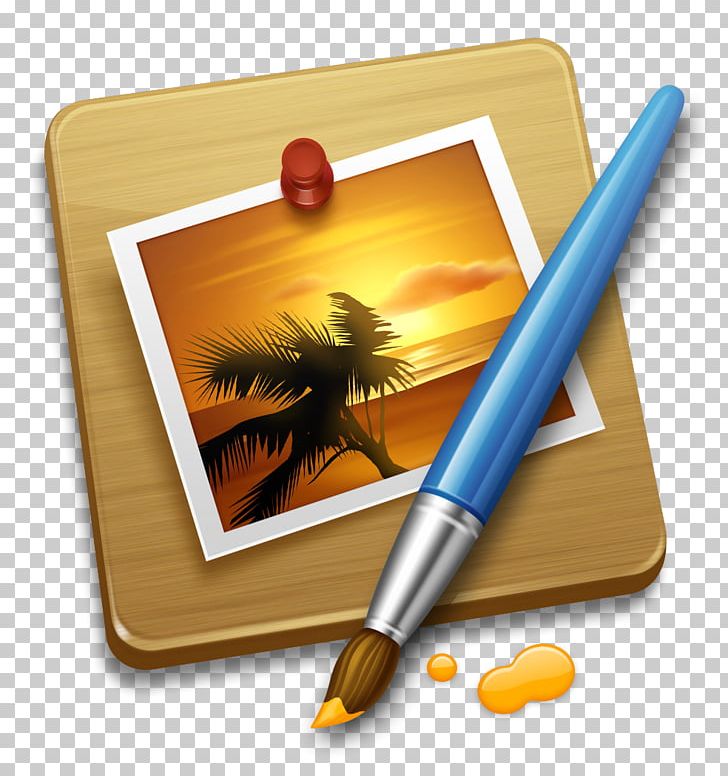
In SketchUp, you use raster images for textures, backgrounds, watermarks, and so on. A raster image's resolution tells you how many pixels the image has. However, the more you increase the image size, the more blocky a raster image looks. Because a raster image has a certain number of pixels, you can usually decrease the image size and still have a good-looking image.
Raster images are made up of square, colored pixels that combine to create an image. If you're unfamiliar with the differences among image formats and the image file formats that SketchUp supports, this section introduces you to the basics. In SketchUp Pro, you can also export vector images. In SketchUp, you can import and export raster image files. Understanding raster and vector images and their file formats Save the file as a high-quality JPEG file. Doing so keeps your SketchUp file size small, especially if you plan to use the image as a custom texture.  Crop your image to include only the portion of the image to be used. However, your image looks better if you size the photo yourself in an image-editing program like Adobe Photoshop (one that supports bicubic resampling). If you use an image that exceeds the maximum, SketchUp automatically downsizes the file using a medium-quality sampling mechanism. That's the maximum size of an image that can be imported into SketchUp. Size images no larger than 1024 x 1024 pixels. To manage file sizes and image quality, follow these tips: After you drop the file, any relevant Import dialog box opens so you can select your desired options. Tip: You can also drag and drop importable files into the drawing area. dxf file in your image editor, such as Adobe Illustrator, and then follow the steps in Importing and Exporting CAD Files to import the vector image as geometry, rather than a 2D image. To import a vector image as terrain, you need to export the vector image as a. To import images via the Match Photo feature, Matching a Photo to a Model (or a Model to a Photo) explains how in detail. To import a photo and apply it over a whole face, check out Sticking a Photo or Texture to a Face. To import an image that you want to use as a custom texture in the Materials browser, see Adding Colors and Textures with Materials. To trace an image with the SketchUp drawing tools for a floor plan or other drawing, see Tracing an Image. Check the following articles for details:
Crop your image to include only the portion of the image to be used. However, your image looks better if you size the photo yourself in an image-editing program like Adobe Photoshop (one that supports bicubic resampling). If you use an image that exceeds the maximum, SketchUp automatically downsizes the file using a medium-quality sampling mechanism. That's the maximum size of an image that can be imported into SketchUp. Size images no larger than 1024 x 1024 pixels. To manage file sizes and image quality, follow these tips: After you drop the file, any relevant Import dialog box opens so you can select your desired options. Tip: You can also drag and drop importable files into the drawing area. dxf file in your image editor, such as Adobe Illustrator, and then follow the steps in Importing and Exporting CAD Files to import the vector image as geometry, rather than a 2D image. To import a vector image as terrain, you need to export the vector image as a. To import images via the Match Photo feature, Matching a Photo to a Model (or a Model to a Photo) explains how in detail. To import a photo and apply it over a whole face, check out Sticking a Photo or Texture to a Face. To import an image that you want to use as a custom texture in the Materials browser, see Adding Colors and Textures with Materials. To trace an image with the SketchUp drawing tools for a floor plan or other drawing, see Tracing an Image. Check the following articles for details: 
In SketchUp, you can import images in a few different ways, depending on how you want to use them in your model.
Understanding raster and vector images and their file formats. Last but not least, you find detailed steps that walk you through the process and options for exporting raster and vector images in SketchUp or SketchUp Pro. 
Later in this article, you find a more detailed explanation of the differences between raster and vector files and tips for when to choose among the possible file types. In the following table, you find an overview of the raster versus vector images that SketchUp supports. You can work with images in an array of file formats. Most of the details about importing images is covered in Creating a 3D Model, but this article outlines all the ways you import and export images and directs you to the pertinent details in other articles. And you can export images to share a model with friends, clients, or colleagues or perhaps in an online portfolio of your work. You can import images to create custom textures that you apply to faces in your 3D model. In SketchUp, images can help your model come to life on-screen.







 0 kommentar(er)
0 kommentar(er)
